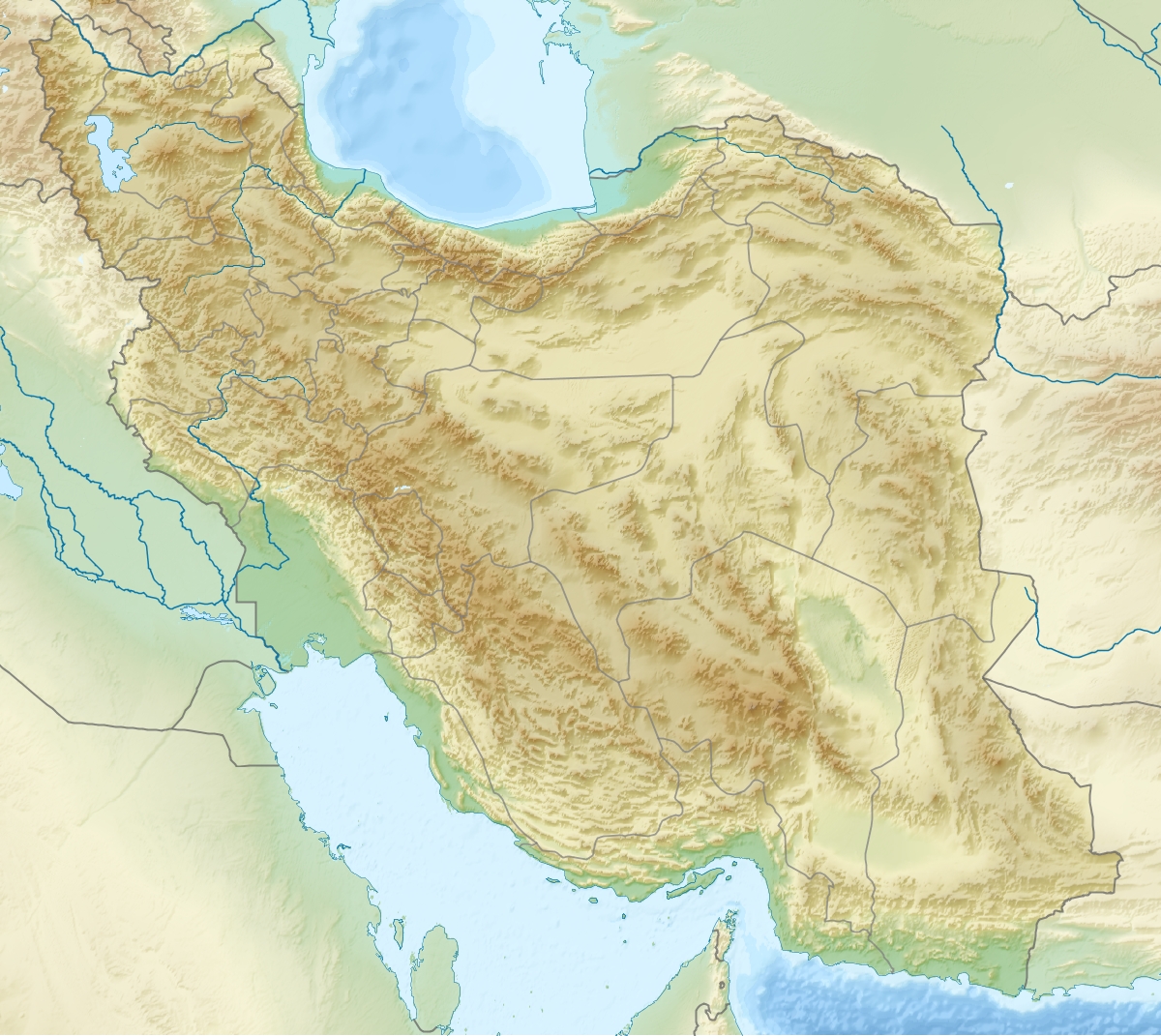In a recent analysis, the Iranian news site Nournews examines the evolving diplomatic landscape between Tehran and Washington through game theory. The article posits that negotiations are not merely bargaining chips but rather the platform on which Iran and the United States display their strategic cards to maximize gains.
At the heart of this discourse lies U.S. President Donald Trump’s claim that “Iran no longer needs an intermediary,” implying a willingness for direct talks. Superficially, this might suggest a de-escalation of tensions or a new opening. However, Nournews contends that focusing on intentions alone is insufficient; instead, one must analyze both nations' strategies. Negotiations, the analysis asserts, serve as the playing field, not the sole card. Each side endeavors to use its advantages to the fullest, employing time, combination, and opportunity as critical factors.
Iran’s unique geopolitical position, its links to the so-called resistance axis, a reversible nuclear program, and influence over vital energy transit routes like the Strait of Hormuz, form a formidable array of cards. Tehran’s close ties to major global players such as China and Russia further augment its strategic hand. On the other side, the United States leverages sweeping economic sanctions, financial dominance, established alliances, and significant media and military capabilities. Nournews emphasizes that the true measure of power is not merely the number of cards but the timing and synergy with which they are played. Through strategic silence and targeted maneuvers, Iran has effectively increased the weight of the cards it holds.
According to Nournews, Trump’s approach is to create a “compressed psychological game” by combining diplomatic outreach, such as the offer of direct talks, with strong threats. The goal is to draw Iran onto a negotiation table where the U.S. has already set many ground rules. From a game theory perspective, this constitutes what is referred to as “game design,” highlighting that the ability to craft the framework of engagement may be as critical as the negotiations themselves.
However, Iran’s recent move to accept indirect talks signals that it remains open to dialog while refusing to play according to Washington’s script. Nournews notes that Tehran ensures a cost for the U.S. when it attempts to dictate terms. Negotiations are not merely about ceding ground; they offer an avenue for Iran to test its other strategic options. Observers note that Israel, often seen as America’s partner or “card,” also shapes this diplomacy. Israeli Prime Minister Benjamin Netanyahu’s frequent visits to Washington and his efforts to intensify pressure on Iran are part of what Nournews deems a “complementary game” that influences U.S. strategic decisions.
Crucially, the article argues this standoff is not a zero-sum game where only one side can win. Iran and the U.S. seek security, credibility, and economic advantage. Ultimately, Nournews concludes that victory comes not from the sheer number of cards but from how well each side designs and navigates the game's rules. Direct negotiations, far from being President Trump’s ultimate goal, maybe another move on a broader, intricately arranged diplomatic chessboard.
